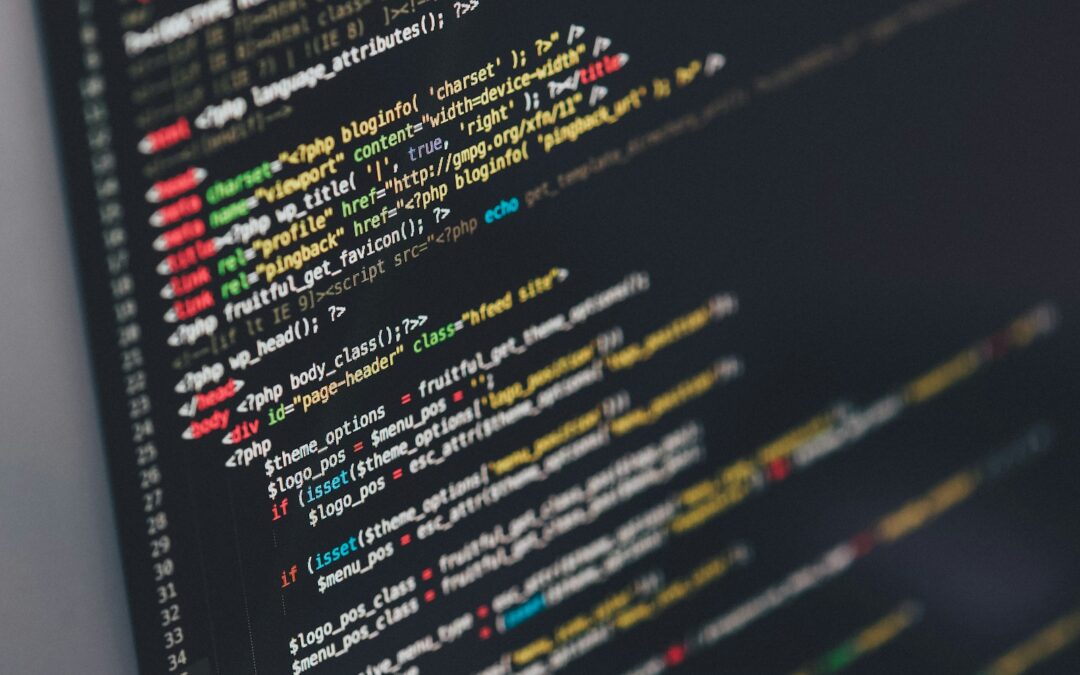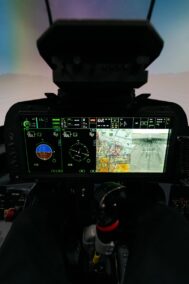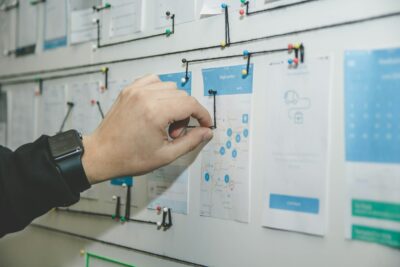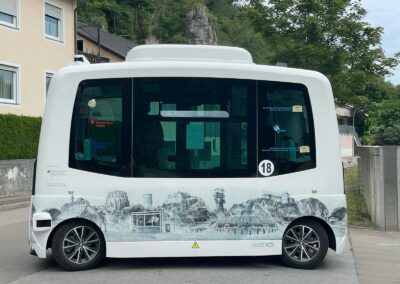Leveraging Technology to Enhance Emergency Response Planning
Introduction to Digital Twins in Disaster Management
The integration of digital twins for disaster management is transforming how organizations prepare for and respond to emergencies. For business executives, mid-level managers, and entrepreneurs, particularly in forward-thinking regions such as Saudi Arabia, UAE, Riyadh, and Dubai, the potential of digital twins to simulate various scenarios and outcomes is invaluable. This article delves into how digital twins enhance disaster management and emergency response planning through advanced simulations and predictive analytics.
Digital twins, virtual replicas of physical entities, allow for real-time monitoring, simulation, and optimization of processes. By creating a digital counterpart of an environment or system, organizations can anticipate potential issues, evaluate response strategies, and improve preparedness. In the context of disaster management, digital twins provide a dynamic platform to visualize and test different emergency scenarios, leading to more effective and informed decision-making.
Regions like Riyadh and Dubai, known for their rapid technological advancements, are increasingly adopting digital twins to bolster their disaster management frameworks. This technology not only supports immediate response efforts but also plays a critical role in long-term planning and resilience building, ensuring that communities are better equipped to handle crises.
Simulating Disaster Scenarios with Digital Twins
One of the key advantages of digital twins in disaster management is their ability to simulate various disaster scenarios. By replicating real-world environments, digital twins can model the impact of different types of disasters, such as earthquakes, floods, and hurricanes. This enables organizations to visualize potential outcomes and identify vulnerabilities within their infrastructure and operations.
For instance, in urban areas like Dubai, digital twins can simulate the effects of severe weather events on critical infrastructure, such as transportation networks, power grids, and water supply systems. By analyzing these simulations, city planners and emergency responders can develop more robust strategies to mitigate risks and enhance resilience. This proactive approach ensures that response plans are based on accurate data and realistic scenarios, leading to more efficient and effective emergency management.
In Saudi Arabia, where natural disasters such as flash floods pose significant challenges, digital twins offer a valuable tool for disaster preparedness. By simulating flood scenarios, authorities can identify high-risk areas, optimize evacuation routes, and allocate resources more effectively. This data-driven approach not only improves response times but also minimizes the potential impact on communities and infrastructure.
Enhancing Emergency Response Planning
Digital twins play a crucial role in enhancing emergency response planning by providing a comprehensive and real-time view of disaster scenarios. This technology enables organizations to test different response strategies and evaluate their effectiveness before an actual disaster occurs. By identifying strengths and weaknesses in their plans, organizations can make informed adjustments and improve their overall preparedness.
In the UAE, for example, digital twins are being utilized to enhance the coordination and communication between various emergency response agencies. By simulating joint response efforts, agencies can identify potential bottlenecks and improve their collaboration during real-world emergencies. This integrated approach ensures that all stakeholders are aligned and can respond quickly and efficiently when a disaster strikes.
Furthermore, digital twins support continuous improvement in emergency response planning. By analyzing data from past disasters and simulations, organizations can refine their strategies and incorporate lessons learned into future plans. This iterative process enhances the overall resilience of communities and ensures that response efforts are continually optimized based on the latest insights and best practices.
Supporting Long-Term Resilience Building
Beyond immediate response efforts, digital twins also play a vital role in long-term resilience building. By providing a detailed and dynamic view of potential risks and vulnerabilities, digital twins enable organizations to develop more sustainable and resilient infrastructure and systems.
In regions like Riyadh, where rapid urbanization presents unique challenges, digital twins offer a valuable tool for integrating resilience into urban planning. By simulating the impact of various disaster scenarios on new developments, city planners can design infrastructure that is better equipped to withstand future crises. This proactive approach not only protects communities but also ensures that economic growth is sustainable and resilient.
Moreover, digital twins support the development of comprehensive risk management frameworks. By continuously monitoring and analyzing data from various sources, digital twins provide real-time insights into emerging risks and potential threats. This enables organizations to take preemptive actions and mitigate risks before they escalate into full-blown disasters. In the context of business success, this proactive approach ensures continuity and minimizes disruptions, allowing organizations to maintain their operations and protect their assets.
Conclusion
The integration of digital twins for disaster management is revolutionizing how organizations prepare for and respond to emergencies. By simulating various scenarios and outcomes, digital twins enhance emergency response planning and support long-term resilience building. For regions like Saudi Arabia, UAE, Riyadh, and Dubai, adopting digital twins aligns with their vision to leverage modern technology for economic growth and sustainability. Despite challenges, the potential benefits of digital twins in disaster management are immense, promising more effective and informed decision-making, improved preparedness, and enhanced resilience.
#DigitalTwins #DisasterManagement #EmergencyResponse #AI #SaudiArabia #UAE #Riyadh #Dubai #ModernTechnology #BusinessSuccess #LeadershipSkills #ProjectManagement























